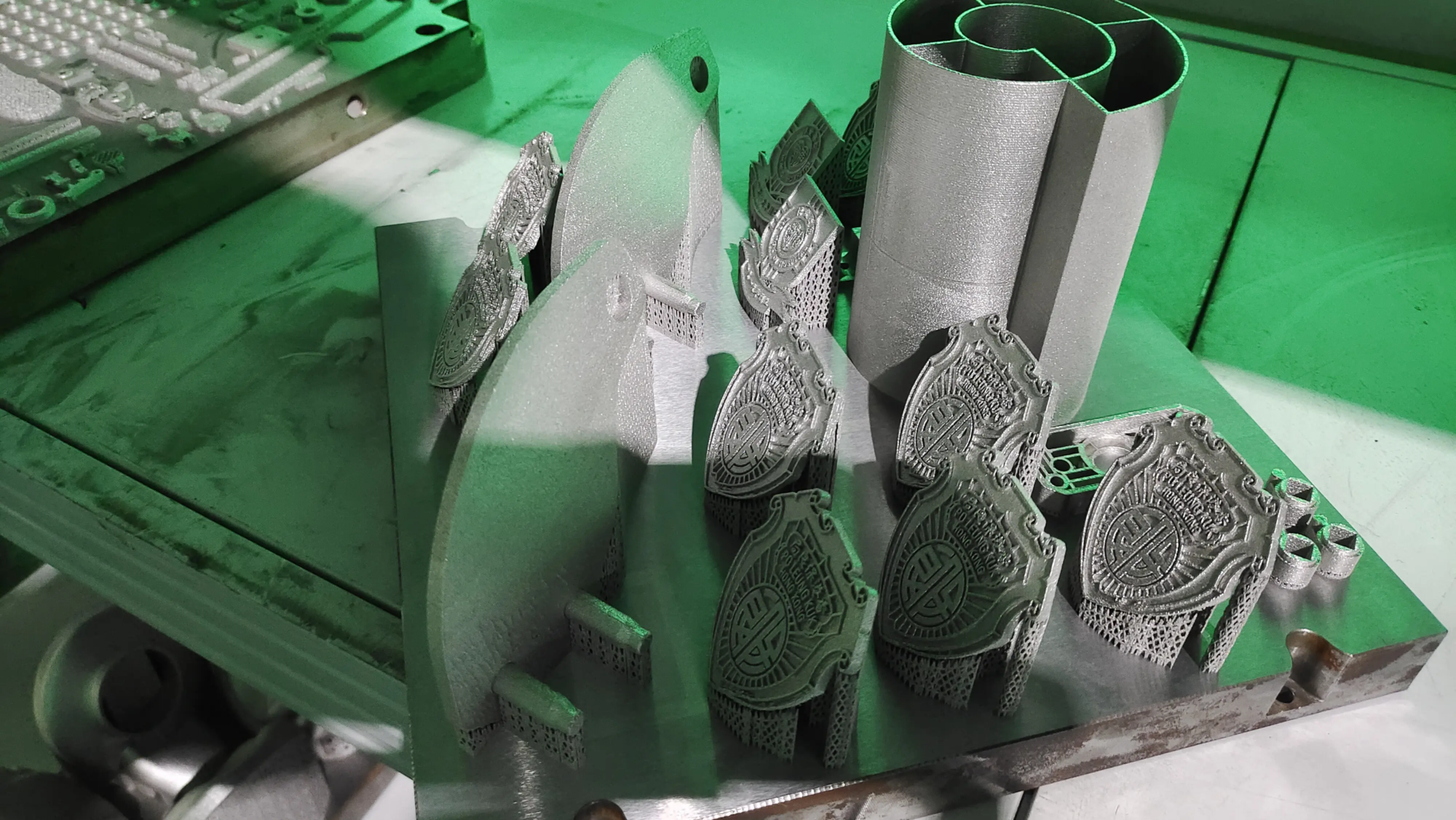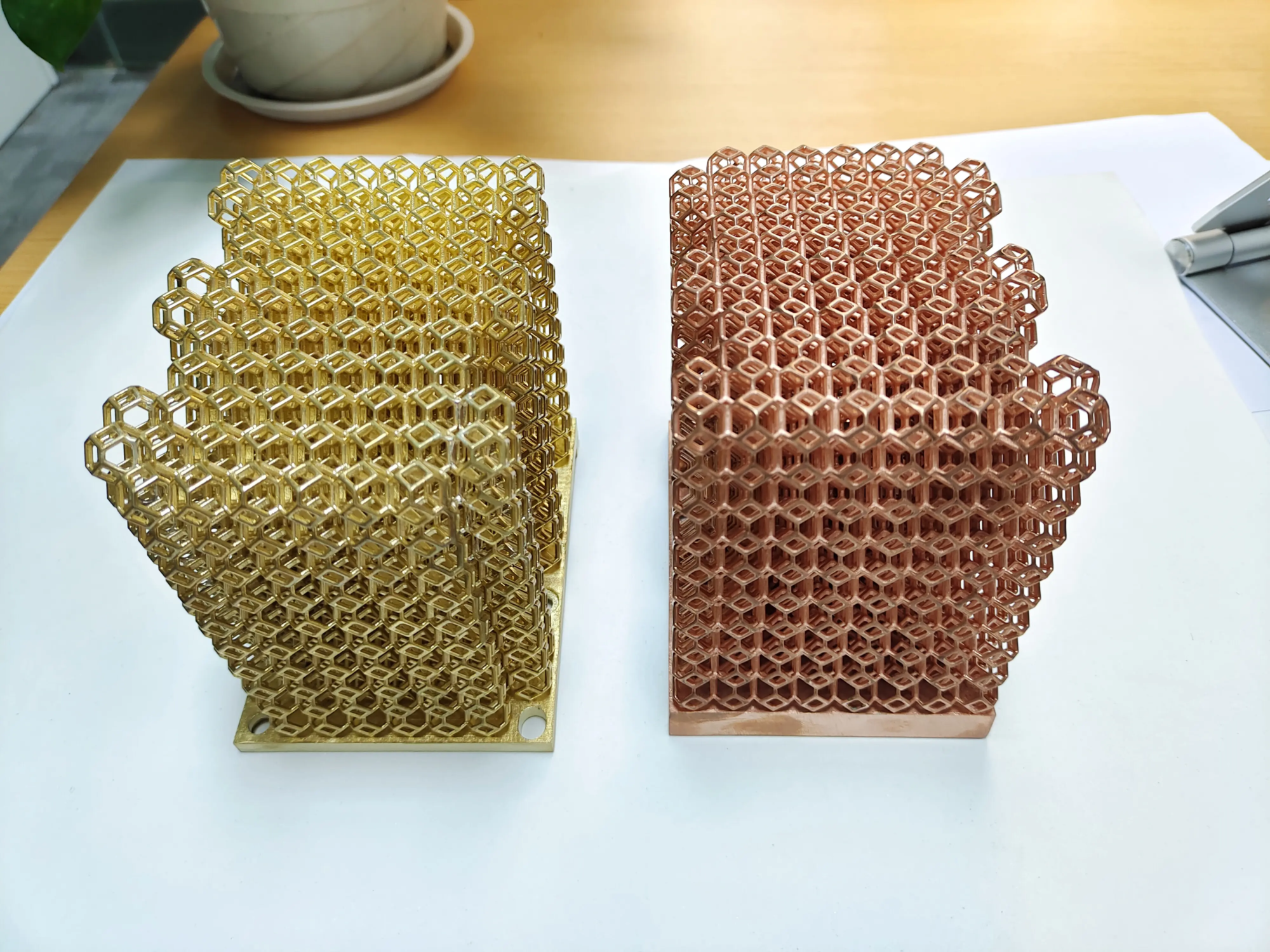Unstable layer? Your complete guide to the movement of 3D printed layers of diagnosing and repairing resin
The feeling is full of expectations when you lift the lid on the resin printer, just finding a twisted, misplaced mess – it’s frustrating. Layer movement in resin 3D printing is a common pitfall that can derail your prints and test patience. Unlike FDM printers that are usually violent layers skipped, resin shifts are often cumulative subtle drifts or misalignment, making details unusable or causing catastrophic structural failures. Fear not to! learn Why It is half the time to achieve perfection, no moving prints. Let’s dig into the reasons and solutions for validation. (Professional Insight Alert) As a leader in industrial additive manufacturing Greatsolving such precise problems is at the heart of our daily expertise, even if we are returning to this guide to consumer/producer resin technology.
Decoding resin layer shift: usually not motion
The first critical point is that the shift of the resin layer is generally fundamentally different from the shift of the FDM layer. In FDM, it is usually caused by a physical hit to the model or mechanical obstacle/binding that forces the stepper motor to skip the steps (x or y) on the shaft. In resin printing, especially LCD/MSLA/DLP types:
- The build board will not move improperly: Exercise (mainly Z-axis weightlifting) is usually slow and is specifically controlled to prevent layer separation problems.
- The core culprit is usually the failure of adhesion: Resin transfer is usually due to Loss of adhesion Between the key points in the stripping process, between the two:
- Model and build board: The entire model is partially or completely disconnected.
- Continuous layer: A particular layer cannot fully type the previous layer, causing the new layer to start to shift slightly.
This adhesion failure creates micro "Transfer" Every time it happens. If it happens once, you may see a misaligned line. If the adhesion loss persists, the offset can accumulate, forming a severe skew or "Leave" Model. Sometimes, the force during peeling can cause slightly sideways Push If the adhesion is edge.
Diagnosing root causes: a systematic approach
Don’t just adjust the settings randomly! Effective troubleshooting means methodical inspection:
- Physical printing: Double-check the failed prints. Does the entire model move evenly after a certain height? Or are there multiple small misalignments? Is the base layer still firmly fixed to the build board?
- FEP Movies: Check for scratches, clouds, excessive tension/loose or cured resin sticking to the surface. The damaged FEP dramatically increases peeling force.
- Resin tank: Make sure there are no cured resin fragments ("Float") Being stuck in VAT may result in local pressure points or optical distortion.
- Build board: Check the level (format) and make sure the surface is properly sanded/weared for optimal adhesion. Verify that it is tight and secure.
- Mechanics: Listen to binding, grinding or stuttering noises during Z-axis movement, especially during subtle lifting and lowering stages after exposure. Smoothness is crucial. Make sure to clean the Z-axis with the manufacturer’s recommended grease and lubricate correctly (never WD-40!).
- Environmental factors: Temperature is important! The resin viscosity is highly dependent on temperature. Printing in a cold chamber (<20°C/68°F) significantly thickens the resin and increases peeling force. Drain will unevenly cool the resin, resulting in changes in surface tension. (Pro tip: Our industrial resin systems maintain strict thermal control – replicating this stability at home is essential for reliability.)
Basic Fix: Battle Layer Moves Effectively
According to your diagnosis of attack problems:
-
Poor adhesion to the model to the construction board:
- Re-level (tram) build board: This is always the first step after any failure. Follow the manufacturer’s instructions carefully. Make sure it is the perfect level and Tighten firmly.
- Optimize underlying exposure: Increase "combustion" or "Grassroots" Exposed time is great. This creates a rock foundation. (For example, standard resin starts in 30-50+ seconds). Always perform appropriate exposure tests first.
- Optimize the underlying count: Make sure you have enough time (for example, 4-8 layers).
- Surface preparation: Gently sand the surface of your build board (~120 particle size sandpaper can work wonders). Clean thoroughly with IPA after polishing. (Sand blasting provides ideal microcontinuity – Great Using advanced surface technology as metal parts, the principles are similar).
- Check the initial lift speed: Reduce the initial lift speed of the first few millimeters (e.g. "Bottom rise speed") Reduce immediate peel force impact.
-
Interlayer adhesion and excessive peeling force:
- Optimize lifting distance: Make sure your "Lift height" (Total distance plate lifts from the FEP) is sufficient, usually 5-10mm. Models with larger surface areas require more lifts to peel off cleanly. In addition, evaluation "Retraction speed" (speed of the plate moving downward). Sometimes it slows down slightly, which can help the layer solve more accurately.
- Adjust lift speed (most common power movement): Reducing the lift speed is usually the most effective repair of continuous layer movement. High suction force (reverse layer separation force) is generated at high speed, which may cause the layer to temporarily detach or move. Reduce both "Increase speed" and "Retraction speed" Gradually. First cut them in half and work slowly.
- Use resin lubricants/release agents: Sprayed with PTFE-based lubricant shallow exist Clean FEP can greatly reduce peeling force. Rarely used! Apply, wait for a minute, and erase excess with microfibers.
- Adjust exposure time: Both excessive and insufficient exposure can contribute. Inadequate exposure leads to weaker bonds. slight Exceed– Exposure can sometimes help with adhesion, but risk losing details and increased force – Find the best position with exposure calibration (see below).
- Replace or tension FEP: Wear, loose or tight FEP increases peeling force. Check if the manufacturer’s specifications are tight. Replacing scratched/damaged FEP is crucial. Use high-quality NFEP for larger prints (lower surface energy = less adhesion to FEP).
- Reduce cross-sectional area: If possible, you can effectively hollow your model to ensure sufficient drainage holes. This greatly reduces the aspiration cup effect per layer.
- Temperature control: Keep ambient temperature > 25°C (77°F). This is not negotiable. Use a fermentation belt, mini-suit in the fence or a dedicated resin tank heater.
- Mechanical and calibration issues:
- Clean and lubricate the Z-axis rod: Clean the lead screws/linear rods regularly with IPA and reapply A Thin Hay-dried light machine grease (e.g., superlubricant synthetic grease). Binding will cause asshole = move. Make sure the belt is tightened correctly (less common) to use the printer.
- Update firmware: Sometimes errors can affect motion control.
- Perform rigorous exposure calibration: Use calibration models (e.g., Amber Town, Calibration Cone) to dial Accurate Dimensional accuracy and exposure required for layer adhesion your Resin/light source/temperature. Don’t rely on the default settings!
- Carefully lower the layer height: Very thin layers (e.g. <0.03mm) require highly optimized setup and stable mechanics. Try a slightly larger layer height.
Advanced strategies and considerations:
- Stablize: Make sure the printer is on a rock solid surface and does not sway or vibrate easily.
- Resin selection: High-strength resins usually have better adhesion to the propria (such as Siraya Tech’s tenacious mixture). Contraction can also work.
- Tilt compensation system: Some slicers (such as Lychee Pro, Chitubox Pro) provide mathematical functionality to compensate for physical tilt/combination in the Z-axis mechanism – a kind of Pro touch. (Innovative insights: Great utilizing complex process simulations to preempt twists in industrial SLM printing). **
Conclusion: Accuracy is a process
The fixed layer in resin printing moves less than brute force, but rather masters the delicate interaction between adhesion, release and motion control. Like any precise manufacturing process, it requires methodical diagnosis, careful calibration and controlled environmental conditions. Start with the basics: perfect format, optimized base layer and proper temperature. Then, carefully dial with lifting speed and distance – usually the key rod. Do not ignore maintenance such as FEP care and Z-axis lubrication. Finally, always verify with careful exposure calibration. Remember that achieving consistent, high-fidelity prints prove to understand and refine these relationships. although Great Expertise in providing turnkey precision metal prototypes using advanced SLM technology, mastering these resin printing foundations to enable you to achieve outstanding results on your desktop. The journey from frustrating layers to perfect print is one of patience, understanding and system tweaks.
FAQ: Resin Printing Layer Movement
-
Q1: My prints suddenly rose sharply. what happened?
- one: This strongly indicates that a serious adhesion failure occurred at that time. Possible culprits: sudden release of the build plate due to weak bond/plate-level problems, larger cross-sectional areas cause overwhelming suction, collisions (e.g., loose model before support fails) or severe mechanical bonding occurs at this height. Carefully check the printing and printer mechanics.
-
Q2: I lowered the lifting speed, but I still have a change. What now?
- one: Check fundamentals: plate level and grip, FEP conditions (tension, damage? replace it!), resin temperature (<25c bad!) and underlying exposure. Also, look at the elevator distance – Enough (~7-10mm)? Check the Z-axis binding by manually moving it slowly (turning off the power). Check for stray cured resin fragments in the barrel.
-
Q3: Will the fixed layer move when increasing the normal exposure time?
- one: it able Help by strengthening the new Between two floorsmaking them harder to pull or move. However, it also slightly increases the peel force and curing depth. This is not the primary solution for transfer caused by plate adhesion or excessive peeling force. Find using exposure calibration Minimum Effective time for accuracy and intensity, then focus on increasing speed and distance as the main countershifting measures.
-
Question 4: How important is temperature really?
- one: Crucial. Most standard resin performance optimal at 25-30°C (77-86°F). Below 20°C (68°F), the viscosity increases significantly, which means that the printer must work harder (higher peeling forces) to separate the layers, greatly increasing the risk of change. A consistent, warm environment is essential for reliable printing. Heat the resin, not just the air around the printer!
-
Q5: Is the layer covered by the warranty layer shifted? When should I fix it myself?
- one: Warranty scope depends on the reason. If proven due to mechanical defects (such as motor/step drive failure), it is possible. However, most transfers originate from setup, environment control, or user maintenance and are not usually covered. Mastering the DIY fix is the ownership of the core resin printer (such as car maintenance!). Focus on the solutions outlined above.
-
Q6: How is this different from the movement of metal 3D printing layers?
- one: (Greatlight Clextive Insight) Metal SLM printing runs at highly high temperatures and pressures. Shifting here is almost always a critical mechanical failure (such as the bonding shaft under huge heat loads) or sensor failure in high-precision motion control systems. Resin transfer is mainly an adhesion/release force issue. SLM requires industrial-grade reliability – Great Leverage continuous monitoring, predictive maintenance and hardening components to completely prevent these failures. Using the wrong printer to meet your tolerance needs can greatly change the cost-benefit analysis.
- Question 7: I just can’t fix it! What choice do I have?
- one: Focus on troubleshooting using the above steps. Join a dedicated online forum with pictures and settings details. If the printer itself is mechanically defective, please contact manufacturer support. Remember this There is a reason for professional services like Greatlight. For mission-critical precise parts, especially metal prototypes that require absolute dimensional stability under our advanced SLM process, outsourcing ensures guaranteed results and saves a lot of time and resource investments – you are perfect when your project schedule or performance tolerance threshold requires certainty.
By understanding the nuances of resin layer adhesion and carefully applying these diagnostic steps and solutions, you can overcome layer shifting and unlock the full potential of resin 3D printers. Happy (stable) printing!





